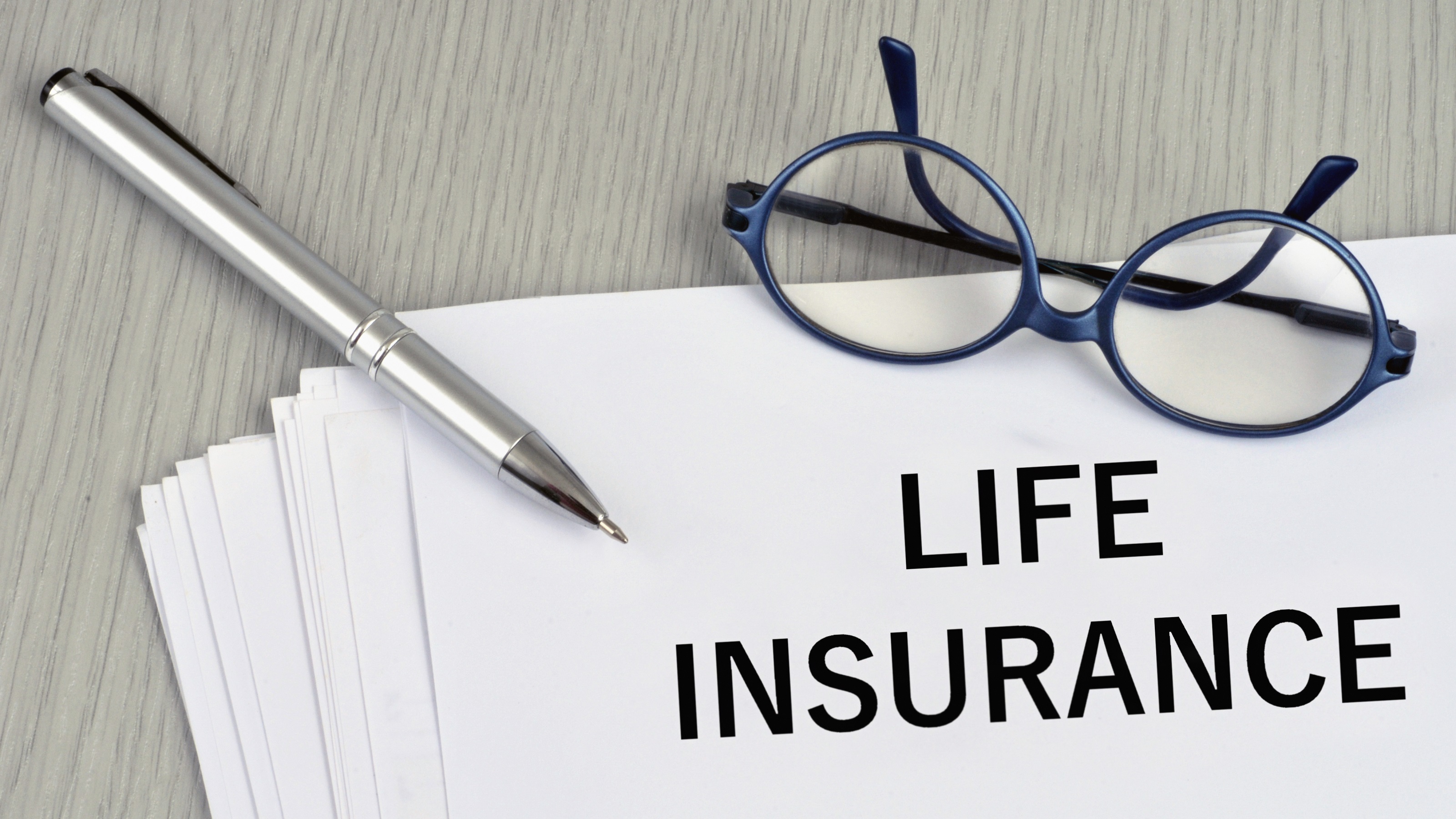How Your Credit Score Is Calculated
Here's the formula for success no matter which model lenders use.

Your credit score—the three-digit number that creditors use to evaluate the risk when they lend you money—helps determine which loans or interest rates you qualify for and how much you’ll pay. Landlords, utilities and cell-phone companies may also check your score before doing business with you.
Dozens of credit scores may be attached to your name, including versions tailored to specific industries, such as auto lending. However, the two big consumer credit scoring models—FICO (which is used by the majority of lenders) and VantageScore (a newer model created by the three major credit bureaus)—value similar behaviors when calculating your score, even if they weight those factors differently. Both grade your creditworthiness on a scale of 300 to 850, with a score of 750 or above generally considered good enough to qualify for the best rates. You can check your VantageScore free at CreditKarma.com and your FICO score at Discover’s Credit Scorecard (see Best Places to Check Your Credit Reports and Credit Scores for Free).
On-time payments. Both FICO and VantageScore prize on-time payments above any other factor. As long as you pay at least the minimum due each month, your payment history will stay clean (though you will rack up interest on your balance). Lenders typically don’t report a late payment to the credit bureaus until it’s more than 30 days overdue. If you make a late payment, it won’t haunt you forever: The impact on your credit score will diminish as long as you consistently pay your bills on time.
From just $107.88 $24.99 for Kiplinger Personal Finance
Become a smarter, better informed investor. Subscribe from just $107.88 $24.99, plus get up to 4 Special Issues

Sign up for Kiplinger’s Free Newsletters
Profit and prosper with the best of expert advice on investing, taxes, retirement, personal finance and more - straight to your e-mail.
Profit and prosper with the best of expert advice - straight to your e-mail.
Limits on your credit usage. Your credit utilization ratio is the amount you owe on your credit cards as a proportion of the total limit on each card, as well as the total limit for all of your cards in aggregate. VantageScore advises consumers to keep their utilization ratios below 30%, but “the lower the better,” says Barry Paperno, who answers credit questions at his website, SpeakingOfCredit.com. He suggests aiming for a utilization of 1% to 9%, rather than zero, because you can pick up a few more points by showing you are managing your credit well.
You can improve your utilization ratio by spending less on your credit card and by asking your issuer to raise your limit. Applying for a new card would also increase your available credit (but having too many accounts showing balances can lower your score).
Most credit card issuers report the balance from your monthly statement to the credit bureaus. To make that balance appear lower, dole out a few mid-cycle payments or pay off your bill shortly before the closing date for your monthly statement.
A long track record. This slice of your score considers the age of your oldest account and the average age of all your accounts. Opening new cards may improve your credit utilization ratio, but it also lowers the average age of revolving accounts, which lowers your score.Note that a closed account in good standing remains in your credit history for 10 years, so you’ll benefit from your track record; however, keeping no-fee credit cards open (and using them now and then) is smart to help your utilization ratio stay low.
Other factors. A mix of revolving and installment loans also boosts your score. But don’t overdo it when applying for new credit. Having “hard inquiries” on your credit report from potential lenders will temporarily shave points from your score. When you’re shopping for a mortgage, student loan or auto loan, inquiries made within a certain time period, typically between two weeks and 45 days, count as one inquiry.
Profit and prosper with the best of Kiplinger's advice on investing, taxes, retirement, personal finance and much more. Delivered daily. Enter your email in the box and click Sign Me Up.

-
 Nasdaq Sinks 418 Points as Tech Chills: Stock Market Today
Nasdaq Sinks 418 Points as Tech Chills: Stock Market TodayInvestors, traders and speculators are growing cooler to the AI revolution as winter approaches.
-
 23 Last-Minute Gifts That Still Arrive Before Christmas
23 Last-Minute Gifts That Still Arrive Before ChristmasScrambling to cross those last few names off your list? Here are 23 last-minute gifts that you can still get in time for Christmas.
-
 The Rule of Compounding: Why Time Is an Investor's Best Friend
The Rule of Compounding: Why Time Is an Investor's Best FriendDescribed as both a "miracle" and a "wonder," compound interest is simply a function of time.
-
 Amazon Resale: Where Amazon Prime Returns Become Your Online Bargains
Amazon Resale: Where Amazon Prime Returns Become Your Online BargainsFeature Amazon Resale products may have some imperfections, but that often leads to wildly discounted prices.
-
 Roth IRA Contribution Limits for 2026
Roth IRA Contribution Limits for 2026Roth IRAs Roth IRAs allow you to save for retirement with after-tax dollars while you're working, and then withdraw those contributions and earnings tax-free when you retire. Here's a look at 2026 limits and income-based phaseouts.
-
 Four Tips for Renting Out Your Home on Airbnb
Four Tips for Renting Out Your Home on Airbnbreal estate Here's what you should know before listing your home on Airbnb.
-
 Five Ways to a Cheap Last-Minute Vacation
Five Ways to a Cheap Last-Minute VacationTravel It is possible to pull off a cheap last-minute vacation. Here are some tips to make it happen.
-
 How Much Life Insurance Do You Need?
How Much Life Insurance Do You Need?insurance When assessing how much life insurance you need, take a systematic approach instead of relying on rules of thumb.
-
 When Does Amazon Prime Day End in October? Everything We Know, Plus the Best Deals on Samsonite, Samsung and More
When Does Amazon Prime Day End in October? Everything We Know, Plus the Best Deals on Samsonite, Samsung and MoreAmazon Prime The Amazon Prime Big Deal Days sale ends soon. Here are the key details you need to know, plus some of our favorite deals members can shop before it's over.
-
 How to Shop for Life Insurance in 3 Easy Steps
How to Shop for Life Insurance in 3 Easy Stepsinsurance Shopping for life insurance? You may be able to estimate how much you need online, but that's just the start of your search.
-
 Five Ways to Shop for a Low Mortgage Rate
Five Ways to Shop for a Low Mortgage RateBecoming a Homeowner Mortgage rates are high this year, but you can still find an affordable loan with these tips.